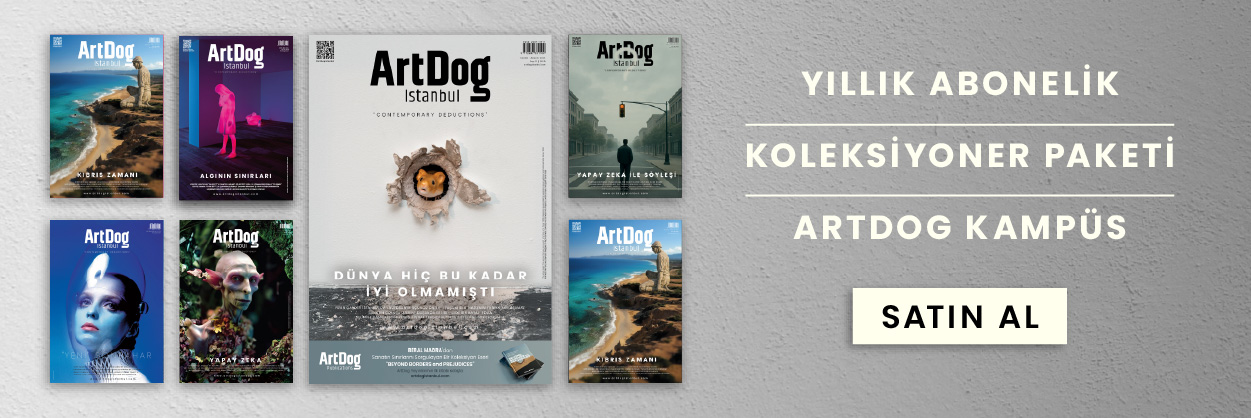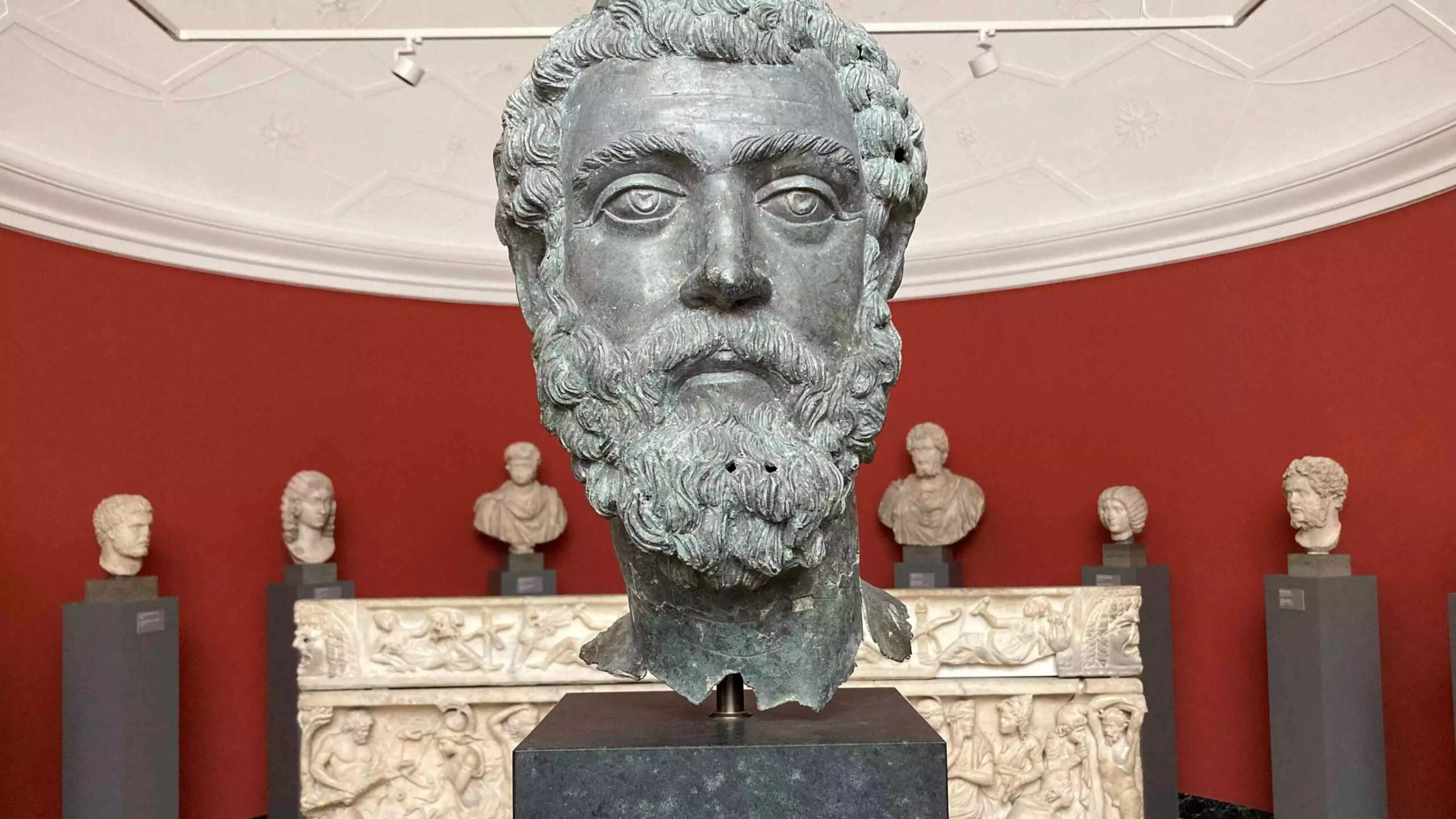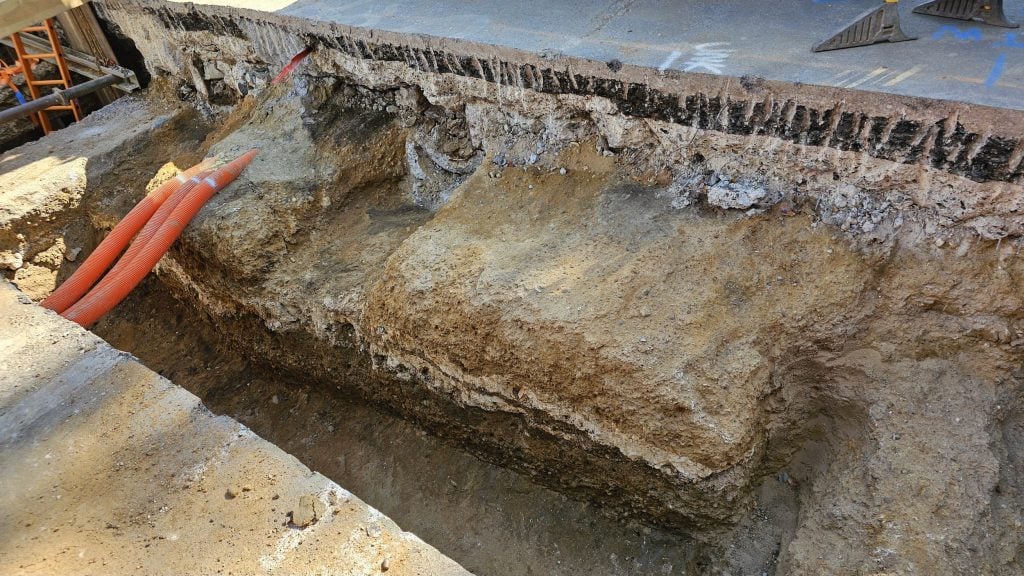After displaying it for over 50 years, Denmark’s Glyptotek Art Museum announced on Nov. 26 that it will repatriate the bronze head of Roman Emperor Septimius Severus to Türkiye
The statue, originally from the ancient city of Boubon in Burdur, was illegally excavated in the 1960s and sold to Denmark’s Ny Carlsberg Glyptotek in 1970.
The announcement resolves an 18-month dispute with Ankara, which argued the artifact was part of a statue looted during an archaeological dig. “The Glyptotek has decided in favor of Türkiye’s request to return the ancient bronze portrait,” the museum stated on Nov. 26.
Culture and Tourism Minister Mehmet Nuri Ersoy shared on social media: “Thanks to the intensive efforts and diplomatic initiatives of our ministry, the head of a statue of Septimius Severus, which was smuggled from the ancient city of Boubon in Burdur about 60 years ago, and the Düver terracotta panels from the Pisidia Region, are returning to their homeland, to our country.”
The statue’s body had already been returned from the United States, where it had been smuggled years ago as he noted. “In other words, the Septimius Severus statue, which was smuggled from our country in two parts, will be whole again after a long time,” Ersoy said.
With this repatriation, the total number of artifacts returned to Türkiye since 2018 has reached 7,898. Ersoy expressed gratitude to Türkiye’s Embassy in Denmark, the Ny Carlsberg Glyptotek, and the General Directorate of Cultural Heritage and Museums for their contributions.
The Roman emperor’s statue, dated to A.D. 145-211, spent decades in the United States as part of a private collection that loaned it to New York’s Metropolitan Museum before being returned to Türkiye almost two years ago — without the head.
Ankara identified the missing head as being in Copenhagen, displayed at the Glyptotek for over five decades.
In 1979, a former museum curator suggested the head, acquired in 1970 with no clear documentation of its origins, matched the decapitated statue in the U.S.
The two pieces were reunited for examination by Turkish archaeologist Jale İnan, whose findings prompted Türkiye to formally request the head’s return in May 2023. Initially, the Glyptotek responded with skepticism.
“I’m not saying that they don’t belong together. I’m just saying that we are not as sure as we perhaps were 25-30 years ago,” Rune Frederiksen, Glyptotek’s director of collections, commented at the time.
The museum acknowledged the head’s origins in Boubon, an ancient Roman site in Asia Minor, now part of Türkiye’s Mediterranean region although conclusive proof of their connection remains elusive.
“Unique archaeological finds from Boubon have been sold illegally to collectors and museums around the world,” said museum head Gertrud Hvidberg-Hansen in a statement.
“In recent years, many of these items, especially those in U.S. collections, have been returned. These factors influenced our decision to comply with Türkiye’s restitution request,” she added.
The head will soon be displayed in Türkiye, marking a significant milestone in preserving Anatolia’s cultural heritage.
Artifacts looted from Boubon were dispersed not only to Europe but also to the U.S. Through collaboration with the Manhattan District Attorney’s Office, Türkiye’s Culture Ministry has facilitated the return of numerous artifacts. These include statues of Lucius Verus, Septimius Severus, a Young Emperor, and a Draped Woman, along with busts attributed to Emperor Caracalla, five other significant heads, and a bronze bust of a woman — all from Boubon.









